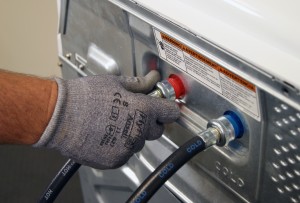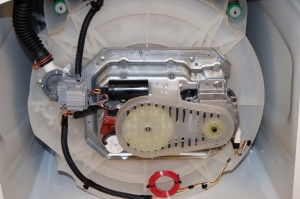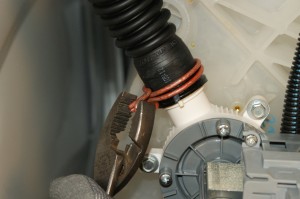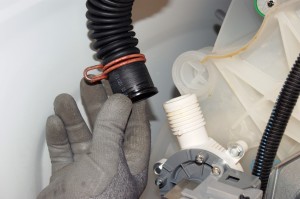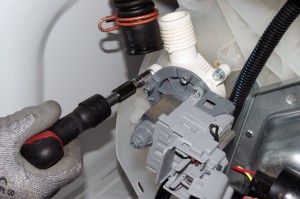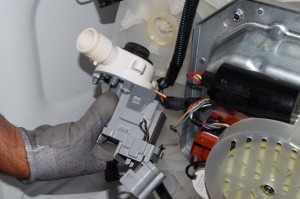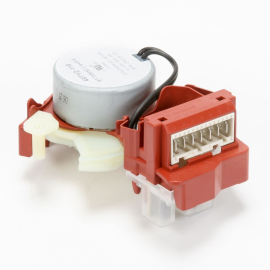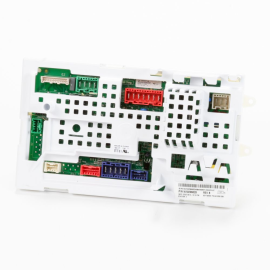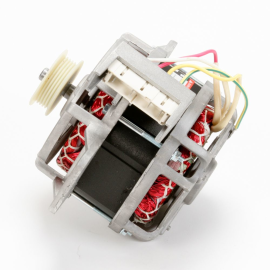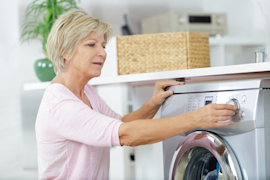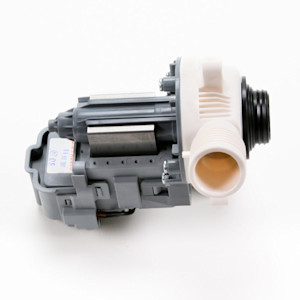
This step-by-step washer repair guide shows how to replace the drain pump in a top-load washer. If your washer won't drain, first check the washer drain for a clog and the washer drain hose for a kink—don't skip this basic troubleshooting step. If the drain and drain hose are clear, replace the drain pump with a manufacturer-approved washer part if the pump runs but doesn't pump out the water, or if it doesn't run at all because the motor no longer works.
This repair procedure is for Kenmore, Whirlpool, Maytag and Amana top-load washers. Use the same basic steps to replace the drain pump in Samsung, LG, Frigidaire and GE top-load washers.
We also have instructions for replacing the drain pump on a front-load washer.



